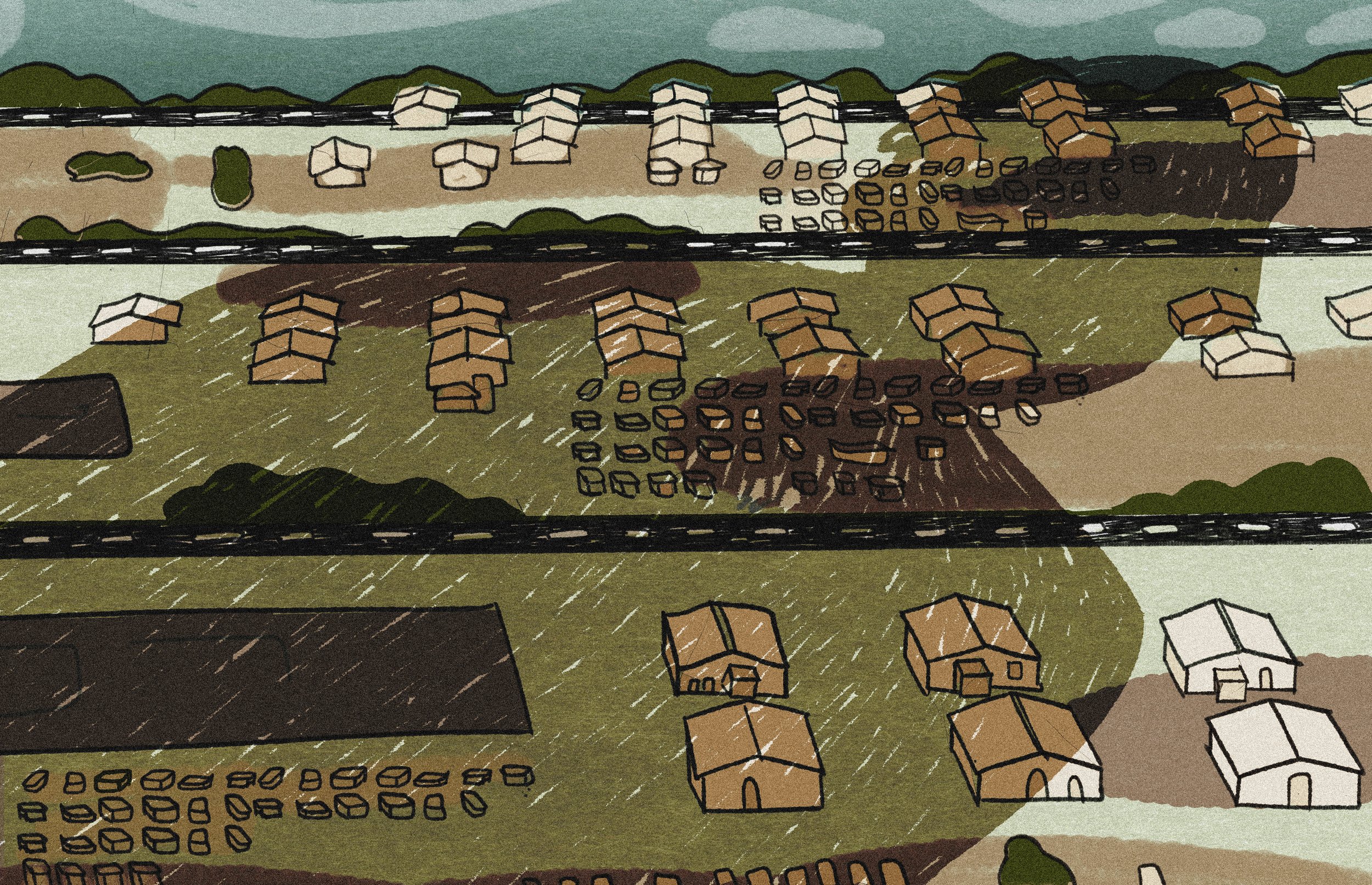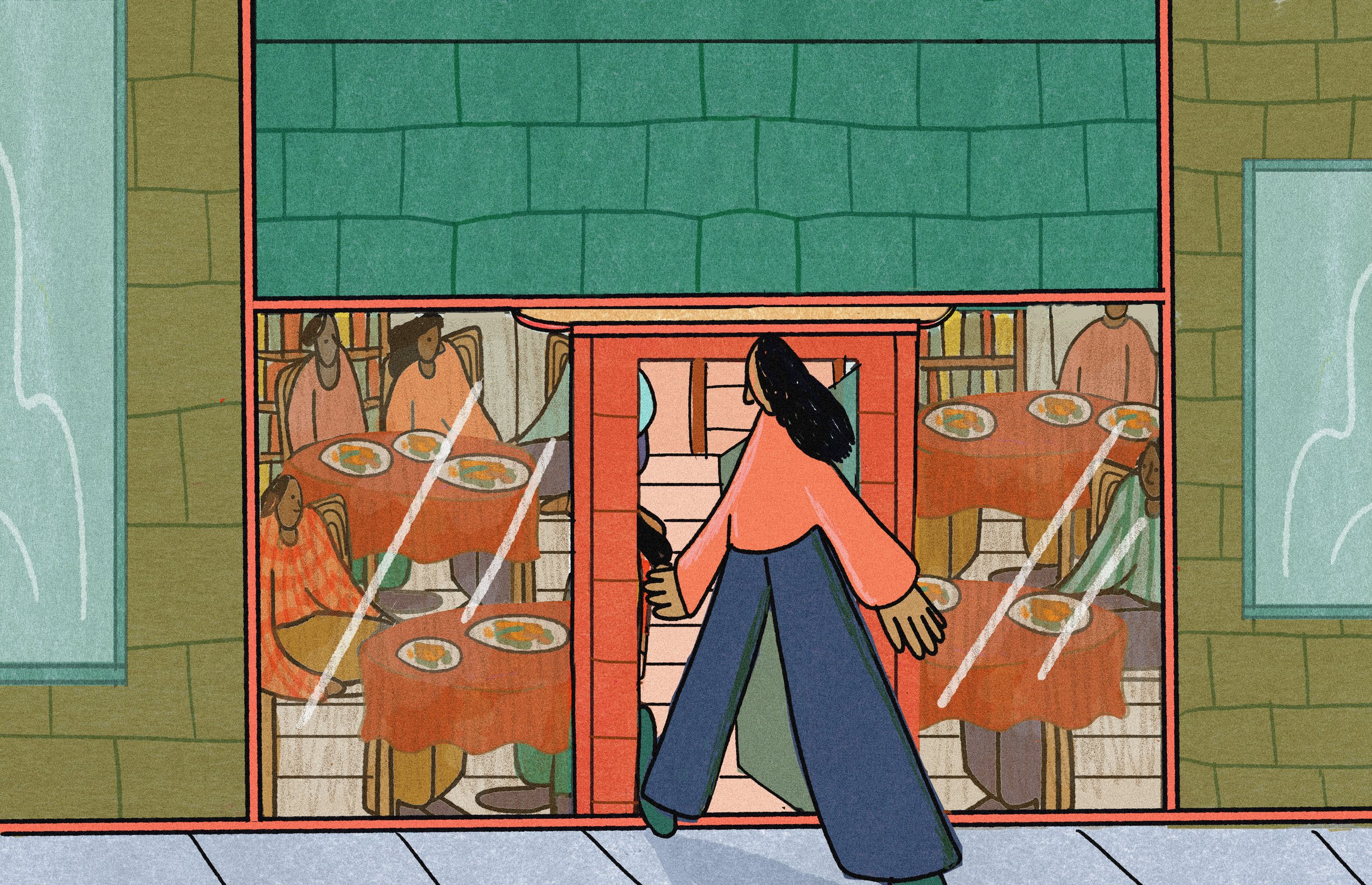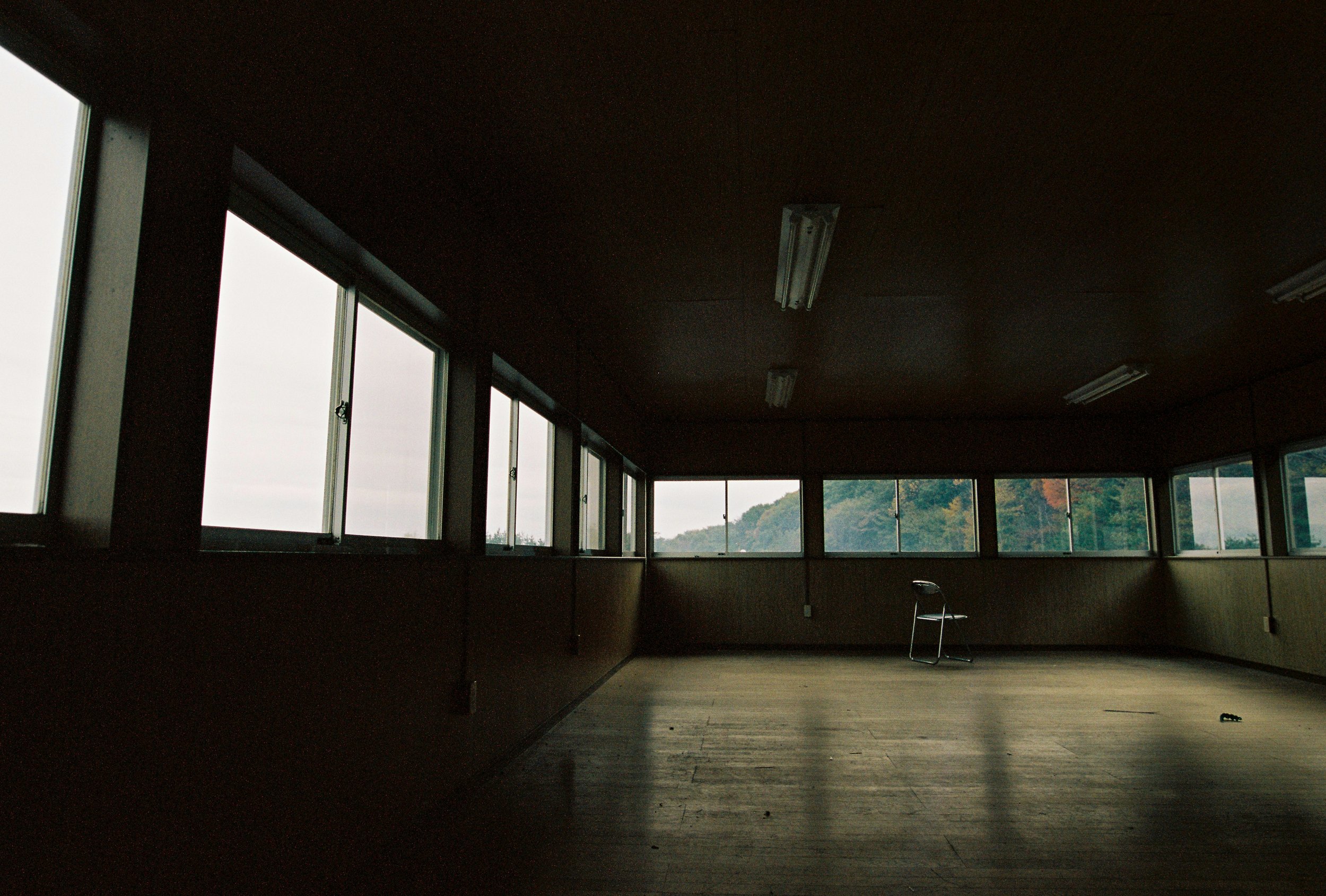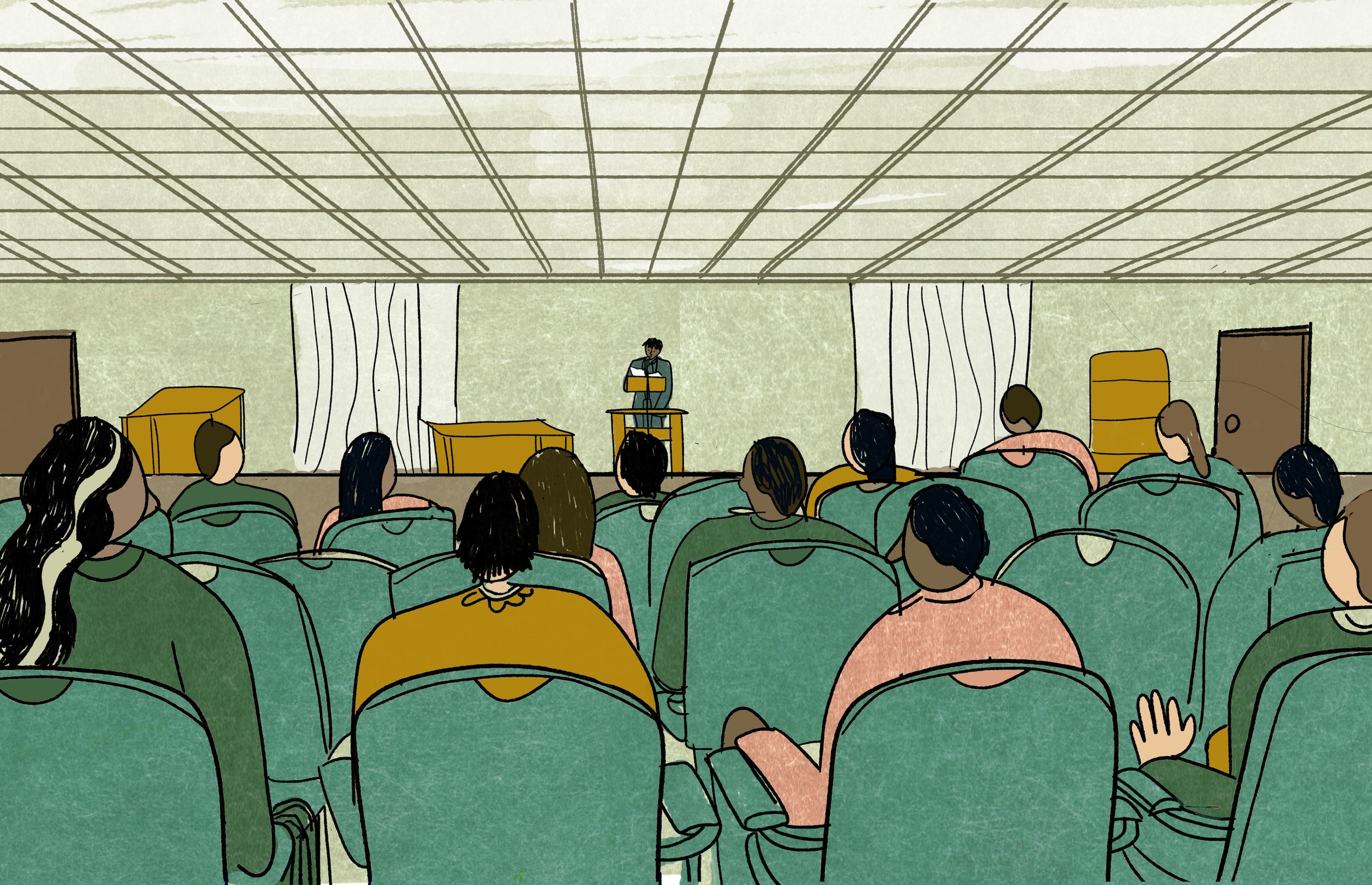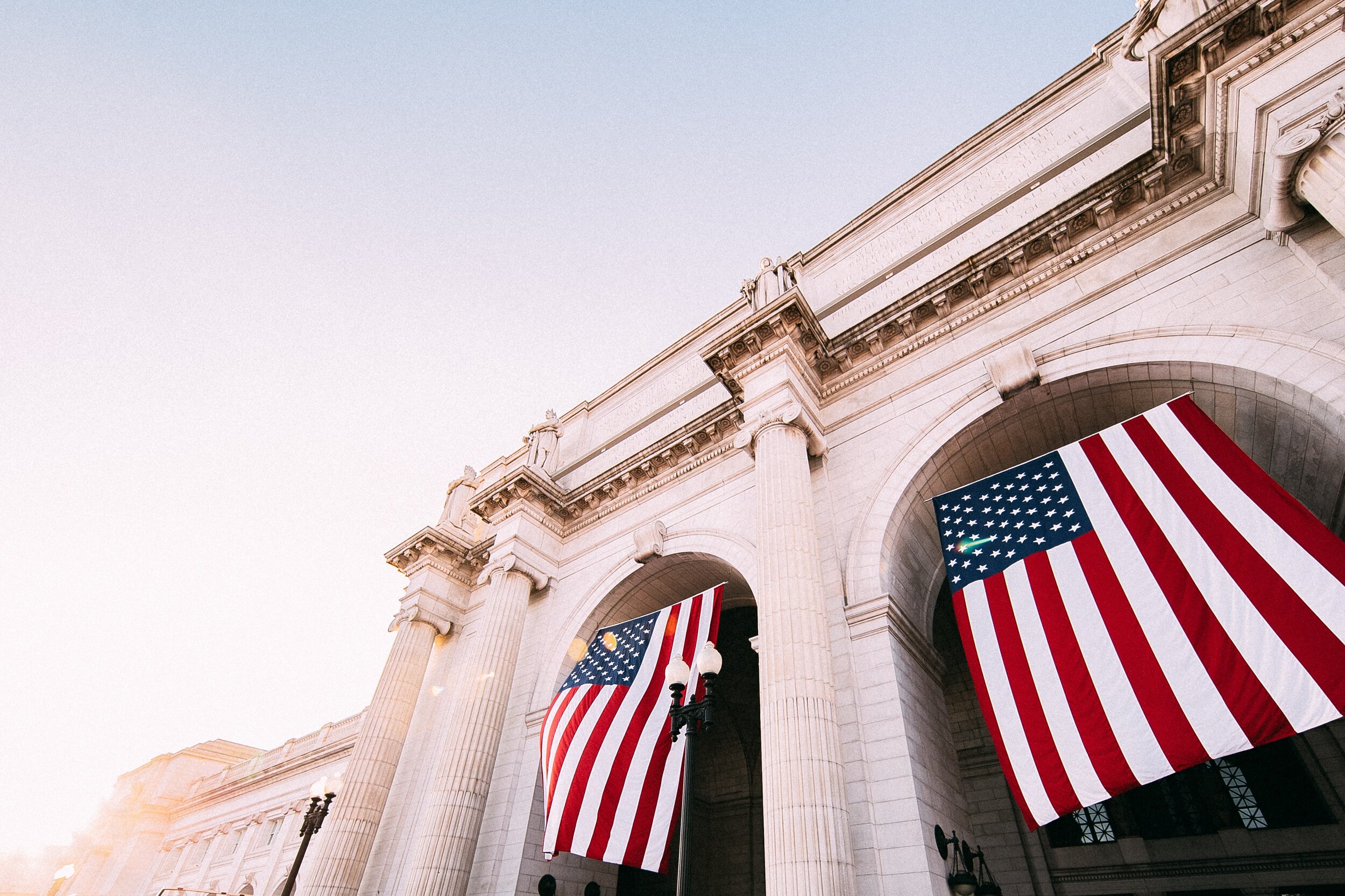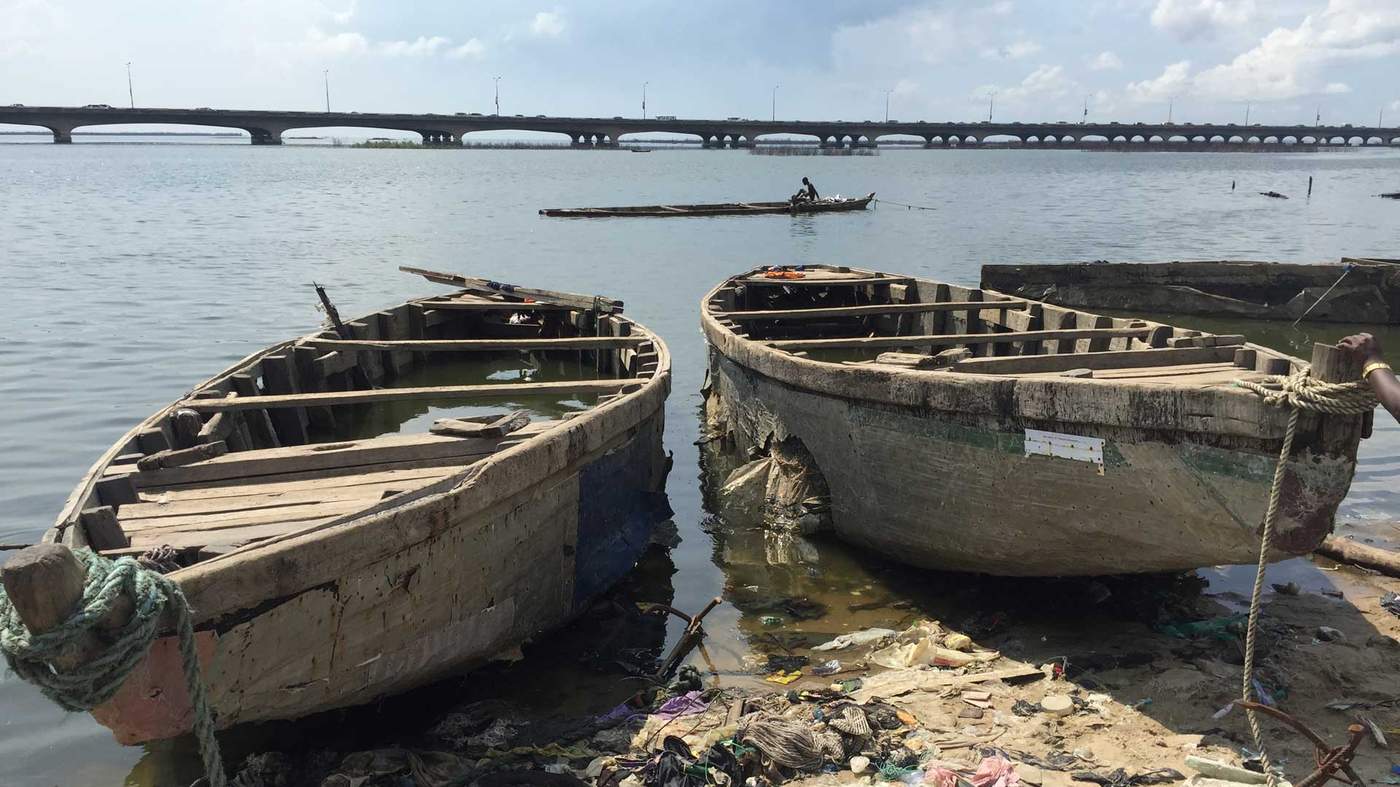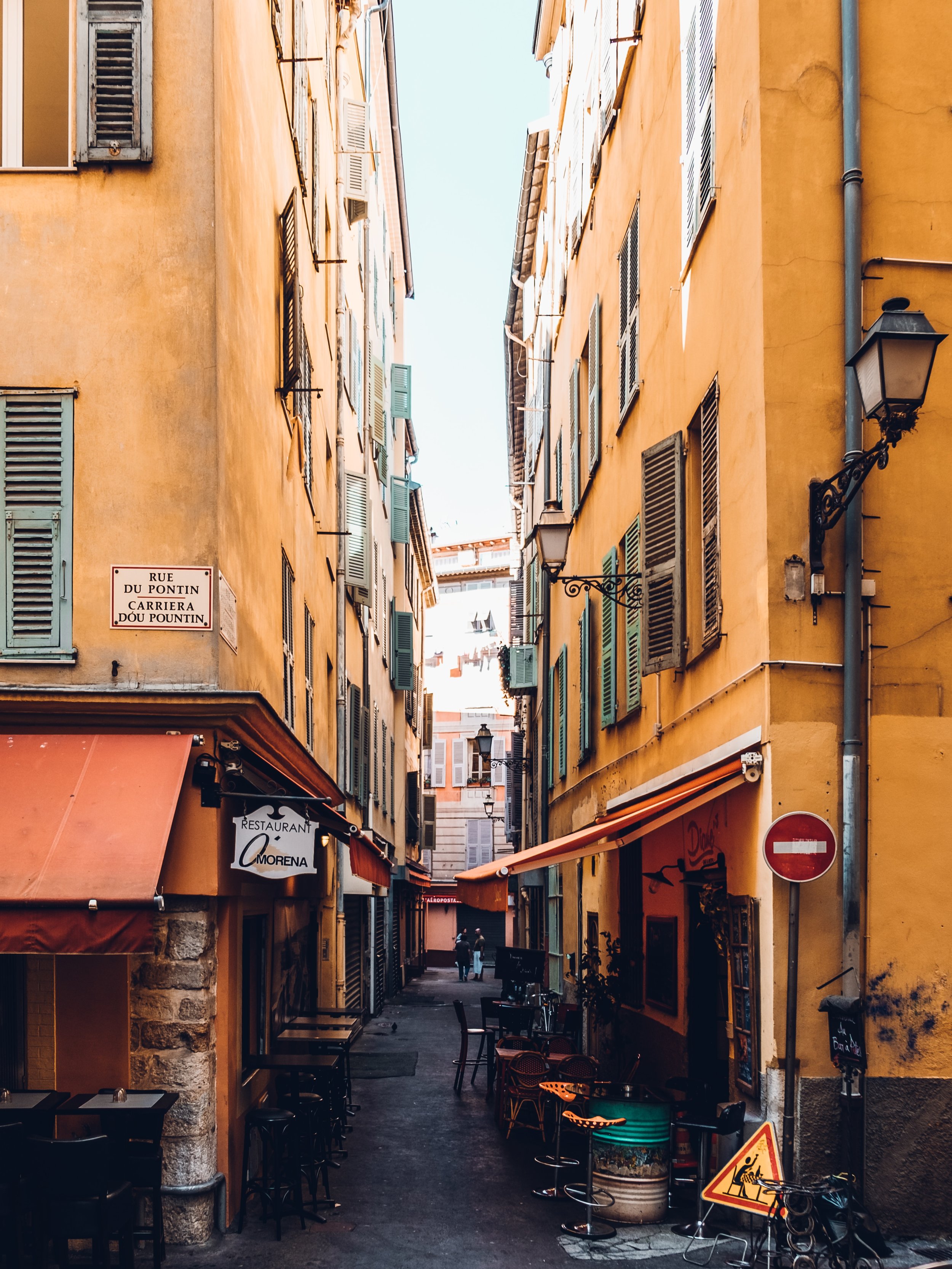Goodbye Dominican Republic, Goodbye Baseball

In this love letter to the Dominican Republic, a baseball reporter reminisces about his past journeys to the island—and considers what it means to speak for boys who were not taught they could be journalists.
During my junior year of high school, an armed forces recruiter called me at home to tell me that enlisting in the service seemed like something I should look into. I told him that I had friends who were likely to take this path, but that this wasn’t for me. I thanked him for his interest, and said I was going to go to college, would become a professional, and then venture out into the world, away from my hometown of San Diego.
His response shocked me. He angrily said that I was making a big mistake. Plenty of people like me fail out of college, he added, and I would end up regretting this decision. His implication was clear: kids from the border town of San Ysidro, with a Mexican name, aren’t expected to accomplish a damn thing. I supposed that’s why my name was on whatever list he had of potential recruits.
The conversation lasted no more than five minutes, but I’ve thought about it almost each time my sports journalism career took me to some far-flung destination I would have never expected to visit. I certainly thought about it each of the dozen or so times I reported in the Dominican Republic, a place where kids often succumb to the belief that they aren’t supposed to amount to anything.
But I probably thought about it most during my most recent visit to the Dominican Republic in 2014, in what was likely my final reporting trip there. I was part of a group of filmmakers from the VICE on HBO show that was traveling to the border city of Dajabon, in the far northwest of the country.
The trip would take us from the capital, Santo Domingo, through the central northern city of Santiago de los Caballeros, the second largest metropolis in the country, and finally west to the border. Normally it takes a little under five hours. Driving in the Dominican can be treacherous—the World Health Organization regularly lists the Dominican as one of the deadliest countries in the world for motor-vehicle related deaths—but we had an experienced and careful driver, the gregarious Ramon. We zipped through Santiago without incident and in good time.
But about 30 miles from Dajabon, a few of us noticed what appeared to be a fire in the road. Our SUV approached carefully. At first, we believed there was an accident. But the nearer we got, the more apparent it became that this was a man-made fire. A trail of flame was intentionally blocking the road. We slowly approached. Soon, two young men—likely no older than teenagers—walked toward the car. Only when they had gotten to the driver’s door did we notice they had guns. And soon they pointed them at us.
“Nobody is passing through here,” one of the young men said to us.
The Dominican-born Ramon tried to take charge. “What is happening?” he asked.
Inside the car, everyone in the crew tensed up. Even Ramon was mostly quiet. I was not completely frightened because the young man seemed so unsure of himself with that gun. I had seen many boys with that same look of desperation countless times during my 10 years of traveling to the Dominican as a journalist. This was not a regular shakedown. This was a cry for help from some of the poorest and most marginalized people in the country: Haitian immigrants. But the gun was still pointed at us, and any false move might have scared the boy into shooting.
“And of course the hundreds of kids I met who had been taught they weren’t supposed to amount to anything, but had strived for so much more.”
“We haven’t had water in more than two weeks,” the boy explained. “We haven’t had enough food to eat. Give us something.”
Ramon gave him the equivalent of less than two American dollars, basically all he had in his pocket. The boys did not bother to ask any other person in the crew for money, and they had not bothered to check the trunk, which was packed with hundreds of thousands of dollars worth of camera equipment. This was another sign that these boys were not professional thieves.
The lead boy took the cash and put the gun down. Our driver backed the car up and then turned around and went back the other way.
We eventually reached our destination through side roads, although this turned out to be treacherous too. During that ride, the skies opened up, which flooded the roads.
At one point, when we reached a tiny village in the interior of the country, it seemed unlikely that we could go on. Our driver simply couldn’t see well enough in front of us to determine how bad the flooding might be. One move forward into a pothole could have had us stuck for days. We were miles away from the nearest major town. But soon, a group of boys from the town came out from their shack houses, walked in front of us, and guided us through the parts of the road where the water was not so deep. We gave them a few dollars.
It took us almost eight hours to reach Dajabon, about three hours more than it normally would. We had seen fire, and we had seen rain. We had seen some of the worst desperation the country had to offer, but also the friendliness and kindness that marks so many encounters in the Dominican.
Photo by Rachel Jarboe.
My first trip to the Dominican Republic was in 2005 as a sports reporter for the Washington Post. I was assigned to write a profile on then Baltimore Orioles baseball player Miguel Tejada. Part of the reporting took me to his home village of Los Barrancones in the city of Bani. I still remember the poverty. Mounds of trash lined the roads that led to where a future Most Valuable Player had grown up. In that village, I spoke to an old woman, who recounted what Tejada had been like as a little boy. I most remember how she refused any help in carrying two heavy buckets of water back to her house. Dominican pride was something I encountered often.
Typically, you’ll find very few Spanish speakers in a newsroom. A recent study by the American Society of News Editors, the Women's Media Center and the advocacy group VIDA, revealed that Hispanics make up less than six percent of the population in newsrooms.
For years, many stories in Latin America, or even in the U.S., which deserved to be told were simply getting ignored because no reporters had the language skills to do them. This was part of my motivation for becoming a journalist, and primarily a sports journalist. Almost 25 percent of all Major League Baseball players are from Spanish-speaking countries. Incredibly, almost 11 percent of players come from the tiny Dominican Republic, population 10.65 million.
Covering baseball gave me the opportunity to use my Spanish to gather stories most other reporters couldn’t get. And I took full advantage, which meant many trips to the Dominican, a dozen or so in less than 10 years, as a reporter for the Washington Post and then ESPN.
Each trip started the same: a plane ride punctuated with a round of applause from passengers as soon as the wheels touched down safely. Dominicans, like many other Latin Americans, have a unique way of showing how much they appreciate life, and hate plane rides.
But after that initial plane ride, each experience was unique and taught me something different. I often joked with my friends that I had been to the Dominican Republic almost a dozen times but had never been to the beach. It was true. Most of my trips were to the impoverished areas of the country. That’s where you’d find the good stories.
There was the time in San Pedro de Macoris when I ended up in a Haitian ghetto in the late morning on a weekday. I encountered a grassy area the size of a football field surrounded by tin shacks. Dozens of kids were running around in the grass. Very few seemed to be in school. This was to become a common theme during much of my reporting time in the country. The Dominican education system had mostly failed its kids. While setting up an interview, a child who was likely no older than five, noticed my sunglasses and asked me, “Are you Daddy Yankee?” I couldn’t stop laughing. I told him no, and he walked away disappointed.
There was the time in Santiago when I was covering a tournament and became friendly with a local taxi driver, who offered to drive me around during the week. During one of these trips, he brought along his college-age daughter and then prodded us to have a conversation. He remarked how well we seemed to be getting along. I soon realized he was hoping that she and I would couple, and then I’d bring her back to the U.S.
In the Dominican, everyone was always on the lookout for better opportunities. And that was part of the experience too: the countless sex workers, who surrounded all the major hotels near the Santo Domingo boardwalk, so much so, that I would eventually choose to stay away from the waterfront to avoid being harassed; the baseball talent scouts/agents, whose business practices in representing young teenage boys sometimes bordered on exploitation; and of course the hundreds of kids I met who had been taught they weren’t supposed to amount to anything, but had strived for so much more.
After our trip to Dajabon, I stayed behind for a few more days after the crew returned home. There was several other stories for print that I was hoping to get.
“‘I don’t want to think that he’s dead,’ one of Taveras’ friends told me.”
I ended up in Puerto Plata in the far central north in order to speak with the friends and family of a young player named Oscar Taveras, who had recently died in a car accident.
“I don’t want to think that he’s dead,” one of Taveras’ friends told me.
It was a somber story to report, and speaking to Taveras’ mother had left me emotionally taxed. My driver Ramon, the same one who had guided us out of danger near Dajabon, and I hardly said a word on the way back to the hotel.
On our way there, I noticed the hotel was adjacent to the beach. Because my Dominican trips mostly occurred in December or January, I could often get a good price on a nice hotel. But this resort was probably the nicest place I had stayed in my nearly 10 years visiting the country. At night, Ramon and I had dinner at the hotel restaurant. By then, Ramon and I had become good friends. He told me that his kid was going to grow up to be a better player than Derek Jeter.
The long day had left me tired. I fell asleep shortly after returning from dinner.
But prior to that, I set my alarm for 7 a.m. We were supposed to leave in the late morning in order for me to catch an early evening flight in Santo Domingo, but there was one more thing I needed to do first.
As soon as the alarm beeped, I put on some shorts and a t-shirt and went outside. I walked past the lawn and onto the sand. I took my shoes off and then kept walking toward the water until my feet were wet from the vanishing waves. I walked far enough that the water went up to my waist. I stood there and thought about the Haitian boys with the guns, about Oscar Taveras’ family, and about all the other poor boys and sad mothers I had encountered on my trips to this beautiful country. And then it struck me that perhaps this might be my last trip. My life and career were both in transition. But as the sun continued to rise, I thought to myself that at least I had finally made it to the beach.
ABOUT THE AUTHOR
Jorge Arangure Jr. was most recently the editor-in-chief of VICE Media’s sports vertical, VICE Sports. He was previously a contributing writer for the New York Times, a senior writer for ESPN the Magazine, and a staff writer at the Washington Post. He was born in Tijuana, Mexico and now lives in Brooklyn.
Header photo by Rachel Jarboe.


